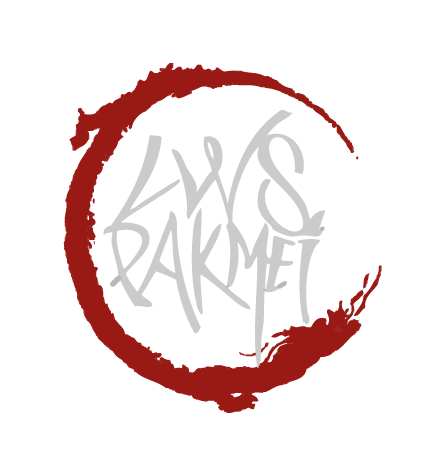武功 Kung Fu & Wushu
Kung Fu / 功夫 is a general term covering 350 different styles of Chinese martial arts. However, it is not restricted to martial arts, as its very first meaning would be mastery, virtuosity, and dexterity. Much more than a "know-how", Kung Fu implies a mastery of a skill and is a "way to excellence". Kung Fu is thus the true objective of the learner. The master recognizes if his disciple has the Kung Fu of a movement or not, by evaluating the mastery of this movement.
The word "wushu" / 武术 means martial arts. Today, this expression covers the sportive practice developed by the Popular Republic of China during the 50's. It is actually a kind of acrobatic gymnastics developed from a compilation of different Kung Fu styles. While the practice of wushu is firstly a research of esthetic movements and sport performance, Kung Fu is an authentic quest for the mastery of martial movements.
The LWS Pak Mei School is a Kung Fu school in which the authentic Pak Mei style is taught.
武林 Kung Fu styles
The 350 Kung Fu styles are classically distinguished between North and South styles, as well as intern (using energetics) and extern (muscular) styles.
Pak Mei is an intern style originating from the Emei Mountain (one of the four holy buddhist mountains), which is located in Sichuan.
文化革命 Forgotten eras
Kung Fu, which is now a very popular practice, has been discredited and prohibited for many years. During the Cultural Revolution, teaching Kung Fu was forbidden under threat of imprisonment. Mao's supporters used to consider Kung Fu as a subversive practice for several reasons: disciples learned dangerous fighting techniques, Kung Fu impulsed them toward self accomplishment and disciples tend to forge strong bonds with their master.
During these years, some masters, such as Lao Siu Leung, still discretely taught Kung Fu at home or in secret places, while some others left China for Hong Kong, Taiwan, Vietnam or Korea.
Lexique martial
| Sifu / 师父 Littéralement « maître-père » |
Sigong / 师公 Littéralement « maître du maître » |
Simo / 师母 Littéralement « professeur-mère » ou femme du sifu |
Sitai / 师弟 Petit frère d’école |
| Siyé / 师爷 Littéralement « maître grand-père » |
Sibak / 师伯 Grand-oncle (grand frère d’école de son sifu) |
Sihing / 师兄 Grand frère d’école |
Tudai / 徒弟 Disciple apprenti |
| Tai Siyé / 太师爷 Littéralement « maître arrière-grand-père » |
Sisok / 师叔 Petit-oncle (petit frère d’école de son sifu) |
Sijie / 师姐 Grande sœur d’école |
Daizi / 弟子 Disciple confirmé |
| Simouei / 师妹 Petite sœur d’école |
Baisi / 拜师 Cérémonie de disciple |

